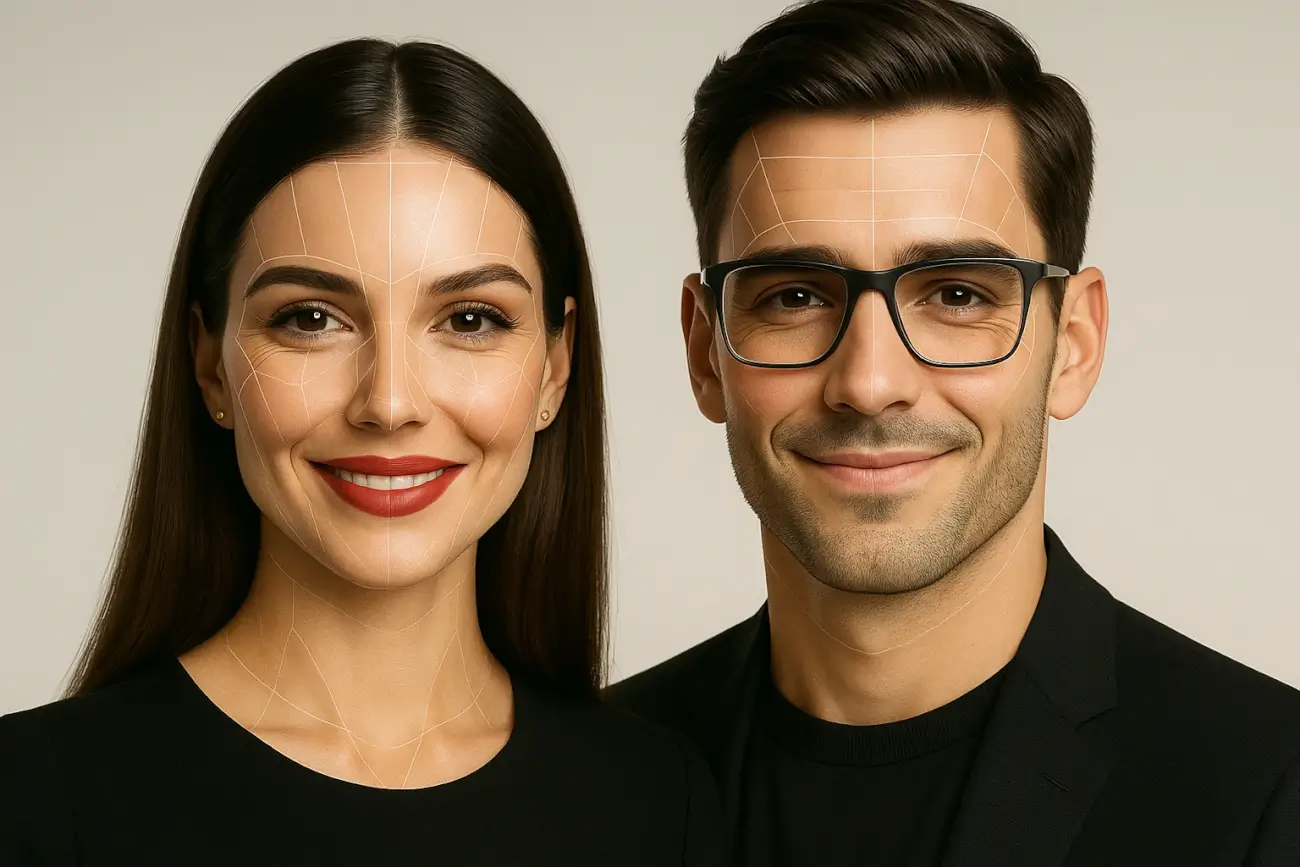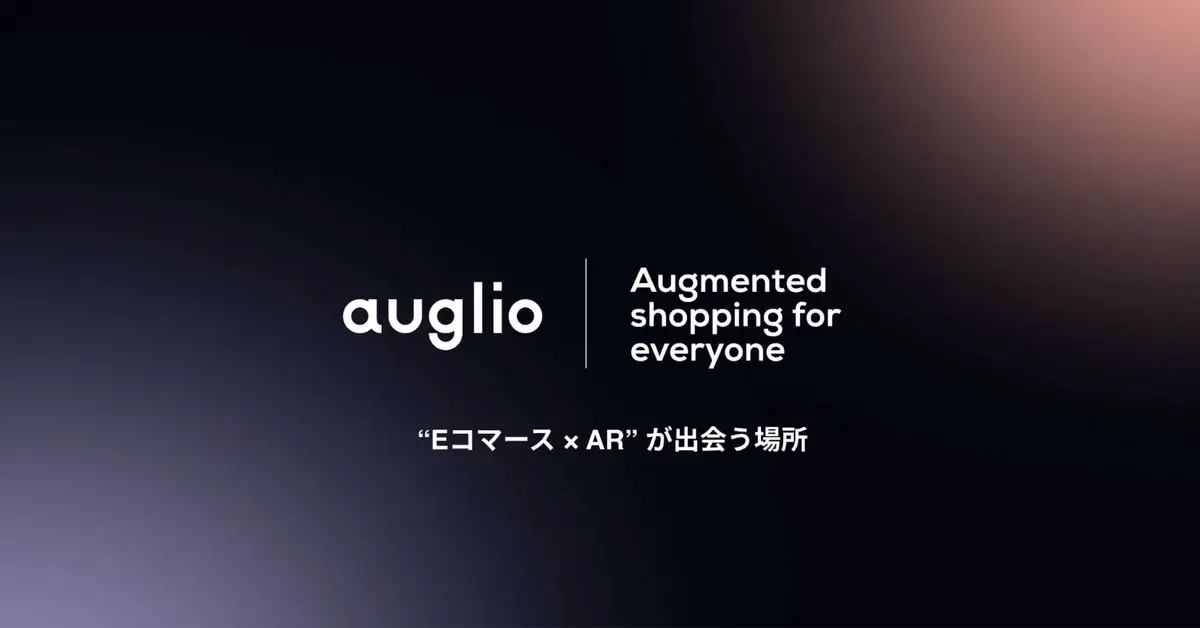Augmented Reality A Top Player In 2021 E-Commerce Trends Chart
The turbulent year 2020 was full of unexpected challenges for people worldwide. Many businesses were affected by the current pandemic measures, such as the closures of brick-and-mortar stores and now more than ever the consumers turn to online shopping.
Fortunately, augmented reality technology has advanced. By implementing it into e-commerce the online stores and brick-and-mortar shops can tackle the current restrictions regarding the standard high street shopping we were all used to. The option of a realistic Virtual Try On Mirror gives the customers more confidence when shopping online.
Predictions for the World of Retail in 2021
In the first half of 2020 online shopping grew to 150% compared to 2019 and the sales of such goods like beauty products or fitness gear amongst others have increased.
One of the top 2021 B2B e-commerce trends is the need to provide an excellent user experience for your retailers. The ever-demanding consumers, fatigued from the complicated year 2020, look for effortless ways to shop online. The key to converting the buyers into your loyal customers is making your website user friendly with your chosen e-commerce solutions.
Bernard Marr, a strategic business and technology advisor to governments and companies who helps organisations improve their business performance, is one of many keynote speakers to know that one of the successful e-commerce solutions and high up on the e-commerce trends list for 2021 is the use of augmented reality technology.
His predictions recently written for Forbes on how the world of retail will continue to change over the course of 2021 as the pandemic and other factors continue to influence everyone’s habits contain the buzzwords such as Omnichannel, Voice Technology, Chatbots, Social Media Commerce Platforms, Artificial Intelligence (AI), Robotics and Extended Reality (XR) which includes Virtual and Augmented Reality (VR and AR).
‘VR environments will increasingly be used by online retailers to provide immersive, feature-rich shopping experiences. At the same time, AR will be deployed by offline retailers to allow customers to access information about products they find on the shelves.
While this pandemic continues, retailers are using tech-driven solutions to allow customers to virtually try out clothing and makeup, reducing contact between shoppers and in-store items. This convergence means offline and online retail both benefit from advances in technology and changing patterns of behavior.’
AR, AI and Mobile Commerce
ABI Research forecasted that by 2022 online sellers will spend $7.3 billion on AI and more than 120,000 stores will be using AR technologies and according to Statista by 2022, e-retail revenues will grow to $6.54 trillion, up from $3.53 trillion in 2019.
By implementing AI and AR in your e-commerce store, you will most likely see an increase in conversions and a decrease in the return rate.
Another 2021 top trend that highlights the importance of implementing smart AR solutions in any successful online store is Mobile Commerce (m-commerce). It is a natural progression of e-commerce. Consumers’ trust in online shopping has increased and by the end of 2021, mobile devices are expected to make almost 73% of total e-commerce sales. Data show that 30% of online shoppers are likely to abandon their carts if a website is not mobile friendly.
This naturally leads to stating the obvious: The more mobile-friendly your website is the more you have a chance to increase revenue and attract more customers worldwide. The great news is that AR solutions by Auglio offer compatibility with all devices, for small and medium-sized e-commerce businesses. For a turn-key solution, compatible with all platforms and browsers too, look no further.
Tags: E-Commerce Trends Augmented Reality Retail Virtual Try On Virtual Mirror






